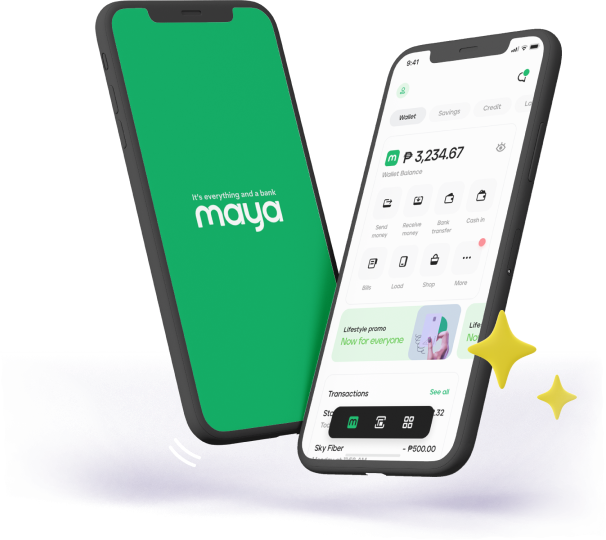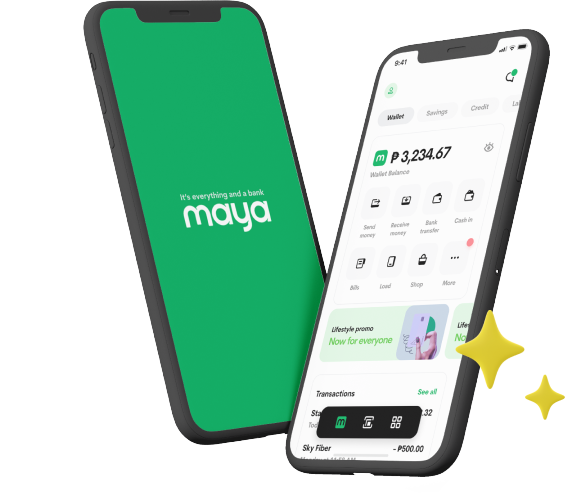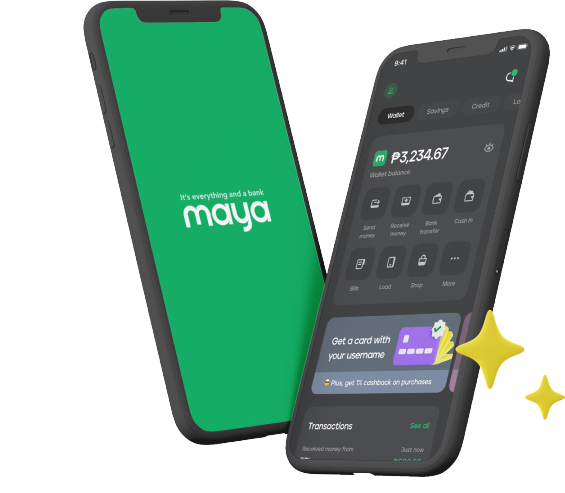How To Create A Monthly Budget You Can Stick To
Do you hear that? It’s the sound of the days of August ticking down, and sooner than you realize it will be September: the first of the ‘Ber months and the start of the countdown to Christmas 2018.
Don’t panic! There’s still time to get your budget under control and accommodate all the Christmas gift shopping you’ll have to do until December.
#1 Identify your total monthly income
Crafting a budget means determining how much money you have to work with. This involves totalling all the money you will receive from your passive and active income streams.
Just to be clear: passive income streams like stock trading and real estate rentals from past investments that earn for you with little to no additional effort on your part. Meanwhile, active income streams like your corporate job or freelance career are activities that you actively undertake to earn money.
You may need to compute this anew at the beginning of each month if your income streams vary per month (e.g. more freelance work).
Write this month’s total down at the top of a piece of paper.
#2 Total Income – Personal savings = Expenses
This is an important financial tip that many people aren’t aware of: your savings should always be deducted from your income, above and before any expenses.
If you pay for your expenses first, it’s easy to find reasons not to save, until the month is over and you realize your savings haven’t increased by even a peso.
Based on your total income, decide the fixed amount of money you want to count towards personal savings per month. Most financial gurus advocate a savings range of 10 to 30 percent of your total income.
Play it by ear, and find a base amount that you feel comfortable saving. You can always raise it later!
Get into the habit of immediately separating your monthly savings amount from the rest of your money in a separate account to avoid the temptation of spending it!
Deduct this month’s personal savings amount from your total income.
#3 Put aside a fixed amount as “rainy day money”
Ideally, you shouldn’t even touch your personal savings, except for the very worst of emergencies (for example, a sudden need to be hospitalized).
This is where your “rainy day fund” comes in! It’s the pool of money you can freely draw from for unforeseen expenses, like a Grab booking on a rainy evening or an urgently needed birthday gift.
There is also no hard-and-fast rule and amount for this. P500 to P1,000 per month is a good range, though!
Load it to PayMaya or keep it in a separate envelope to separate it from your daily spending money or savings!
Deduct this number from the your remaining income.
#4 Calculate your minimum daily expenses
Ask yourself: what is the minimum I would need to spend on a daily basis? Take expenses like public transportation fees, gas money, and lunch or dinner time allowance into consideration – things you absolutely have to spend for on a daily basis.
Multiplying this by the number of weekdays (give or take a few weekend days when you intend to leave the house) gives you an idea of how much money you have to keep in reserve for everyday use.
To keep yourself on-budget, remove all cash but your minimum daily expenses from your wallet.
Deduct this month’s total everyday expenses from your remaining income.
#5 OPTIONAL: Decide on one specific savings goal for the month
You may want to start putting aside money for your holiday spending instead of relying solely on your 13th month pay.
Like your rainy day fund, this should be a fixed number to build a habit of treating savings for your goals as a real expense, committing to it as you would your water or electricity bill. P500 is a good starting point, but you can increase and decrease this amount this based on what you need to spend for this Christmas season (Noche Buena, gifts, etc.), your fixed personal savings and emergency fund contribution for the month.
Outside of the holiday season, this fund can be for anything from allowance for an upcoming trip or the new phone you’re eyeing.
Deduct this number from your remaining income.
#6 Allot a portion for your bills and other necessary expenses
Deducting money for your personal savings, emergency fund, and goal fund in advance helps you evaluate your expenses more seriously: which expenses do you really need to spend for, and which can you do away with?
Necessary expenses include your household utilities bills, phone bill, personal insurance premium, and more!
Deduct this number from your remaining income.
#7 OPTIONAL: Allow yourself one small indulgence per month
If your remaining income allows for it, go ahead and #TreatYoSelf! This is a strong point of contention among financial publications online, but we say small indulgences should be allowed to keep from feeling exhausted or resentful about obeying an otherwise strict budgeting system.
When we say small, though, we mean small: an ice cream sundae from your favorite fast food chain, a new lippie under P400, or a chic manicure.
Add any remaining income not spent for this to your personal savings.
#8 Write down all your daily expenses as reference for next month’s budget
No matter how rigorously you budget, there are always going to be times that you incur expenses your emergency fund can’t cover, or when you forget and overspend by a bit.
Journaling your daily expenses on a pocket notebook or your phone notes is a good way to get a more accurate snapshot of this month’s expenses.
You can also use the information to make changes to your personal savings, emergency fund, goal savings, and expenses for a budget you’re totally comfortable with maintaining.
It may seem like a lot to take in, but practice makes perfect! Best of luck on your journey to financial freedom!
Share your experiences or shoot us a question @PayMayaOfficial on Facebook!












